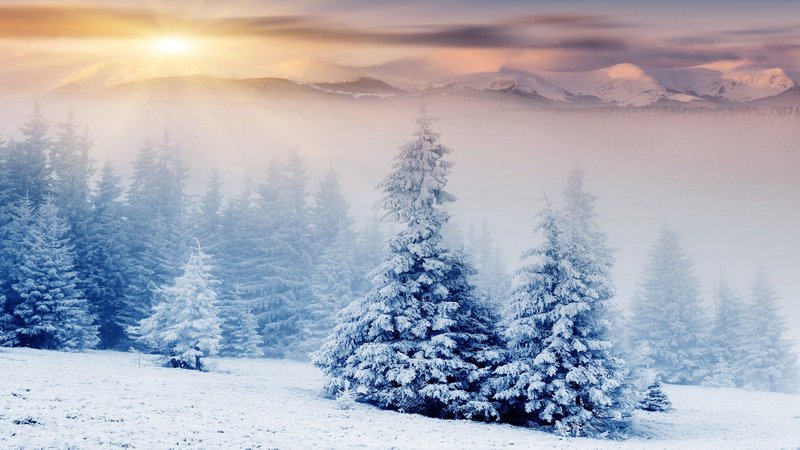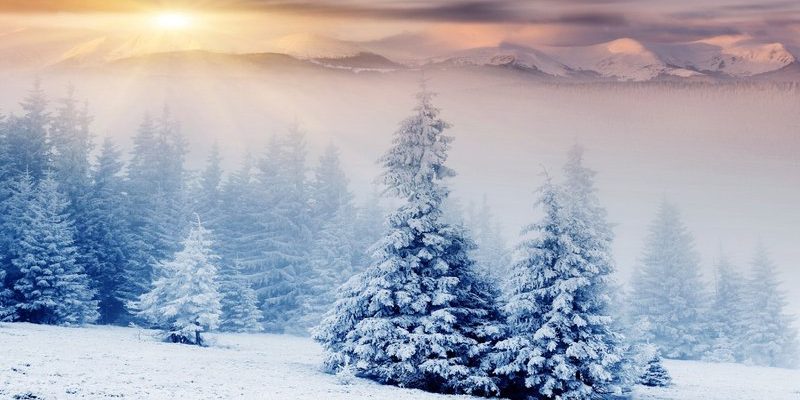
Snow leopards roam the rugged mountain ranges of Central and South Asia, yet their numbers are dwindling. Imagine having a rare book in your collection; every time a page tears, it becomes less valuable. That’s what happens to snow leopards. Each loss makes their future more uncertain, and as we dive deeper into the discussion, you’ll see why understanding their plight is essential for conservation efforts worldwide.
What Makes Snow Leopards Unique?
Snow leopards are a fascinating mix of superpowers. They have thick fur that keeps them warm, long tails for balance, and enormous paws that act like snowshoes in their icy habitats. These adaptations allow them to thrive in high-altitude environments where few other predators can survive.
You might be wondering, why do these adaptations matter? Because they help the snow leopard excel as a solitary hunter. They’re known to take down prey much larger than themselves, like ibex or blue sheep. This predatory role is vital in keeping the populations of these prey animals in check, thus maintaining a balance in the ecosystem. Without snow leopards, the delicate balance of life in their mountainous homes could shift dramatically.
The Current Status of Snow Leopard Populations
According to the International Union for Conservation of Nature (IUCN), snow leopards are classified as *vulnerable*. This label isn’t just a fancy term; it means they’re at risk of becoming endangered without immediate action. Current estimates suggest there are only about 4,000 to 6,500 snow leopards left in the wild.
Conservationists face several challenges. Habitat loss due to human encroachment, poaching, and climate change all directly threaten these elusive cats. It’s like a house of cards: take one piece away, and the whole structure starts to wobble. The situation is dire, and we need to act quickly. Understanding the specifics of their status is the first step toward finding solutions.
Understanding the Threats Snow Leopards Face
Now, let’s dig into the threats impacting snow leopards. First off, habitat loss is a biggie. As humans expand into their mountainous homes, we disrupt snow leopards’ natural territory. Roads, agriculture, and urban development fragment their living areas, making it tough for them to find food and mates.
Next, there’s poaching. Sadly, snow leopards are often hunted for their stunning pelts and bones, which are sold on the black market. Imagine a beautiful, rare painting being destroyed for profit—that’s what’s happening here.
Finally, climate change is a growing concern. As temperatures rise, the snow leopards’ high-altitude homes are shrinking. Altered weather patterns can affect their prey’s population and disrupt their hunting patterns. It’s a perfect storm of threats that we need to tackle to save these magnificent cats.
Global Conservation Efforts: What’s Being Done?
Fortunately, not all is lost. Numerous organizations are stepping up to conserve snow leopards and their habitats. One major player is the Snow Leopard Trust, which works directly with local communities to promote conservation. They focus on sustainable practices that benefit both people and wildlife.
These efforts often involve training community members in eco-friendly farming techniques. By providing alternative income sources, they reduce the reliance on hunting and poaching. Think of it like offering someone a warm blanket on a chilly night instead of taking their coat away—this way, the communities are encouraged to protect the snow leopards instead of viewing them as competition.
Another initiative is the Global Snow Leopard and Ecosystem Protection Program (GSLEP). This program unites 12 countries across the snow leopard’s range, focusing on collaborative efforts to protect and study these cats. Efforts like this bring together countries with shared interests, combining resources for a stronger conservation impact.
How Can You Help Snow Leopards?
You might be thinking, “That’s great, but what can I do?” There are actually several ways you can make a difference, even from afar. First, consider donating to reputable organizations like the Snow Leopard Trust or participating in local wildlife conservation efforts. Your contributions can help fund research, anti-poaching patrols, and community education.
Another way is by raising awareness. Share engaging content about snow leopards on social media or discuss their plight with friends and family. The more people know, the more action can be taken. Remember, every little bit helps!
Researching sustainable travel options to regions where snow leopards live can also promote eco-tourism, helping to fund local conservation efforts while benefiting economies. By supporting responsible tourism, you’re making a choice that directly impacts these stunning animals.
The Role of Education in Conservation
Education is a powerful tool in conservation. By teaching local communities about wildlife and their ecosystems, we can foster a sense of responsibility and pride in protecting these natural treasures. Programs aimed at school-aged children can ignite a passion for wildlife conservation early on, instilling values that last a lifetime.
Workshops that include hands-on experiences in nature can help bridge the gap between communities and the beautiful wildlife around them. When individuals feel connected to their environment, they’re more likely to act in its defense. It’s about building a future where humans and snow leopards coexist harmoniously.
What Lies Ahead for the Snow Leopard?
The future of snow leopards hangs in the balance, much like the delicate ecosystems they inhabit. But there’s hope. Conservation efforts are gaining traction, and more people are becoming aware of the challenges these animals face.
With persistent action and a collaborative mindset, we can work toward a future where snow leopards thrive in their natural habitats. It’s not just about saving a species; it’s about preserving the intricate tapestry of life that connects us all.
In conclusion, snow leopards are indeed endangered, but we’re not out of options. By understanding their struggles and joining hands for conservation, we can ensure that future generations will still have the chance to marvel at these extraordinary creatures. Let’s keep the conversation going and take steps to protect our planet’s wildlife, one snow leopard at a time.

